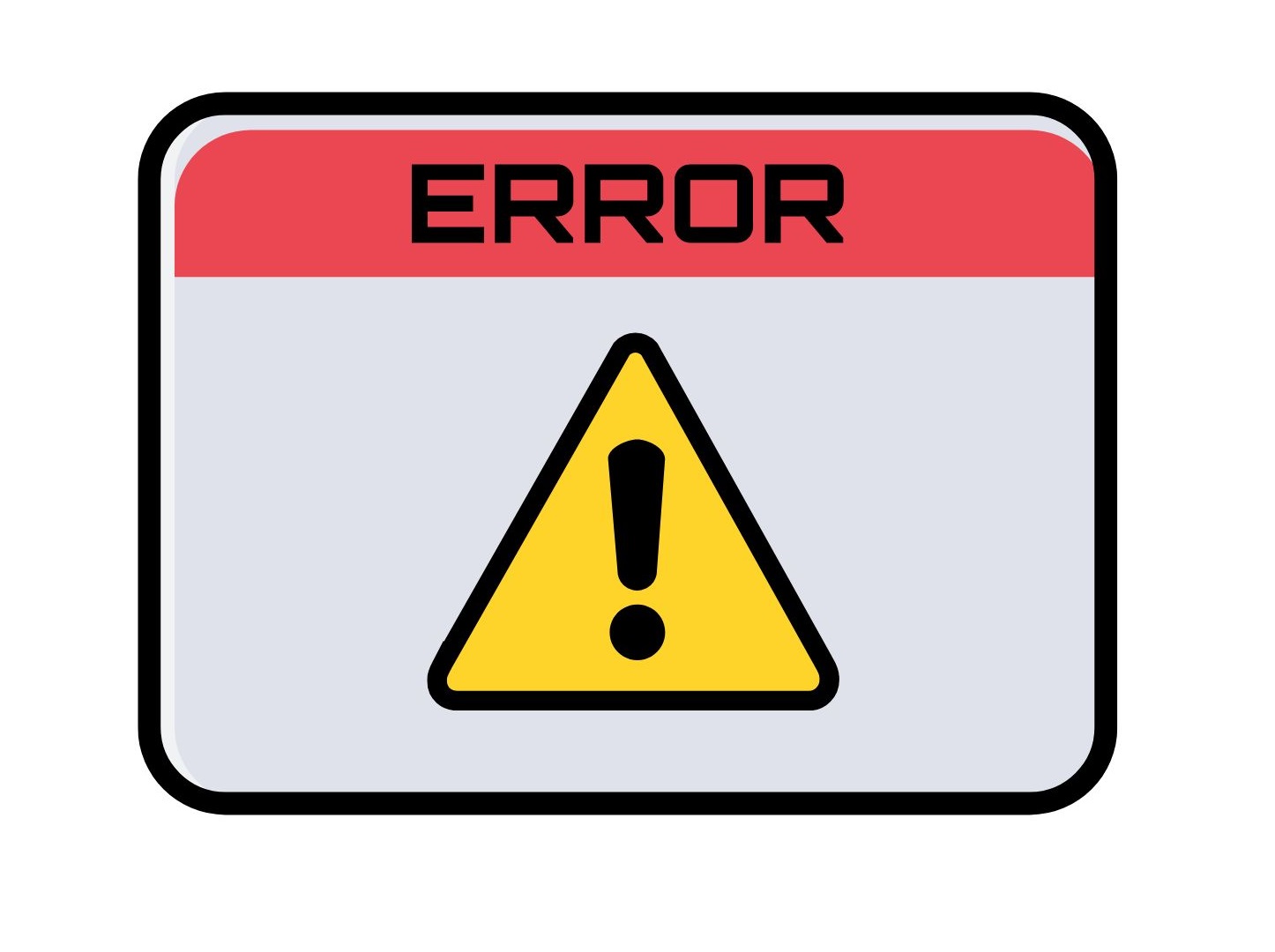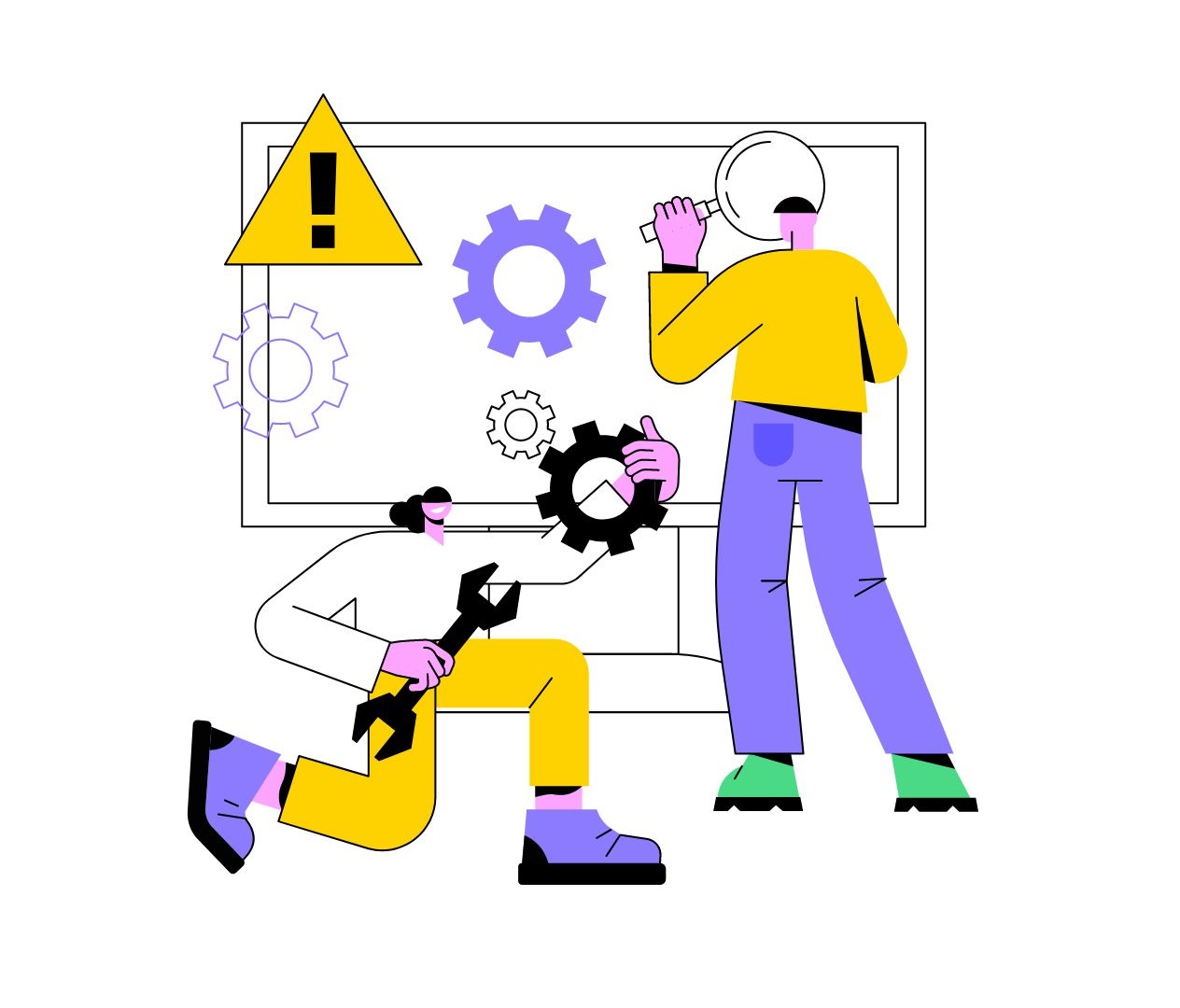Error Recognition for Code Quality and Developer Skills Improvement

Understanding the nature of errors and their inevitability can lead to several benefits for programmers. Firstly, it promotes a realistic mindset where developers acknowledge that errors are part of the development process. This perspective allows programmers to approach errors with patience and persistence, rather than becoming discouraged or overwhelmed.
Recognizing the presence of errors also encourages programmers to adopt defensive coding practices. They become more proactive in implementing error handling mechanisms, such as exception handling, to gracefully handle unexpected situations. By anticipating and handling errors effectively, programmers can improve the reliability and robustness of their code. Moreover, embracing the inevitability of errors fosters a continuous learning mindset.
Programmers become open to feedback and actively seek opportunities to enhance their skills. They analyze and understand the root causes of errors, which leads to improved problem-solving abilities and code comprehension. With each error encountered, programmers gain valuable insights and knowledge that can be applied in future projects.
In addition, the awareness of errors prompts programmers to adopt testing and debugging as integral parts of the development process. They prioritize writing comprehensive test cases and performing thorough debugging sessions to identify and resolve errors efficiently. This approach ensures that errors are caught early, minimizing their impact on the final product.
Ultimately, accepting the reality of errors can positively influence the development workflow and code quality. It encourages programmers to adopt a systematic approach to error handling, fosters a continuous learning mindset, and promotes a proactive attitude towards testing and debugging. By embracing errors as opportunities for growth, programmers can strive for continuous improvement and deliver more robust and reliable software solutions.


